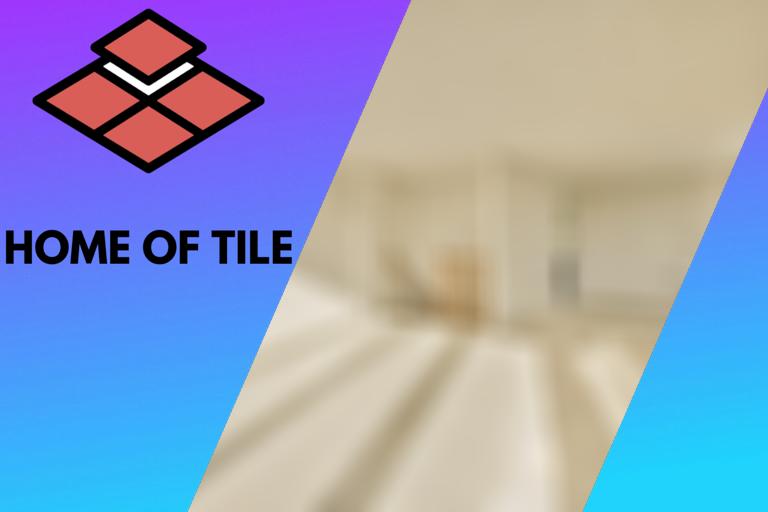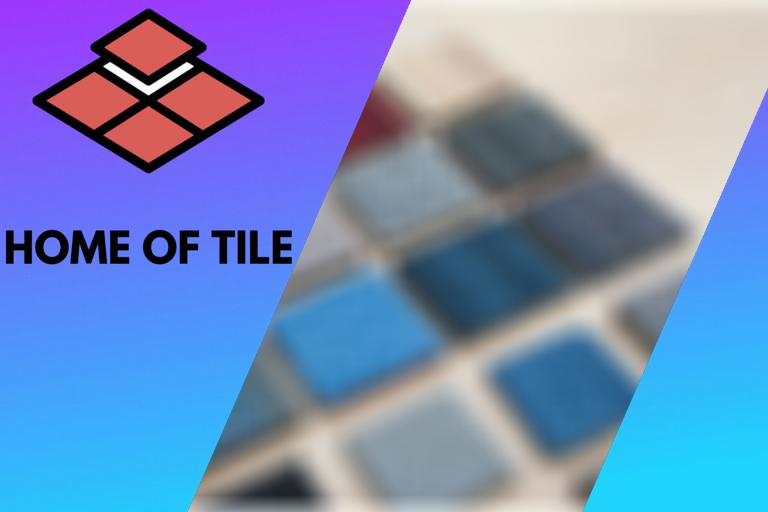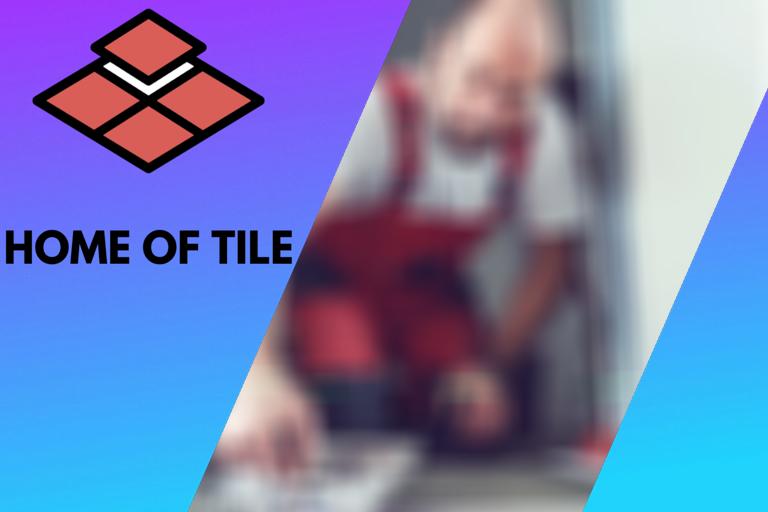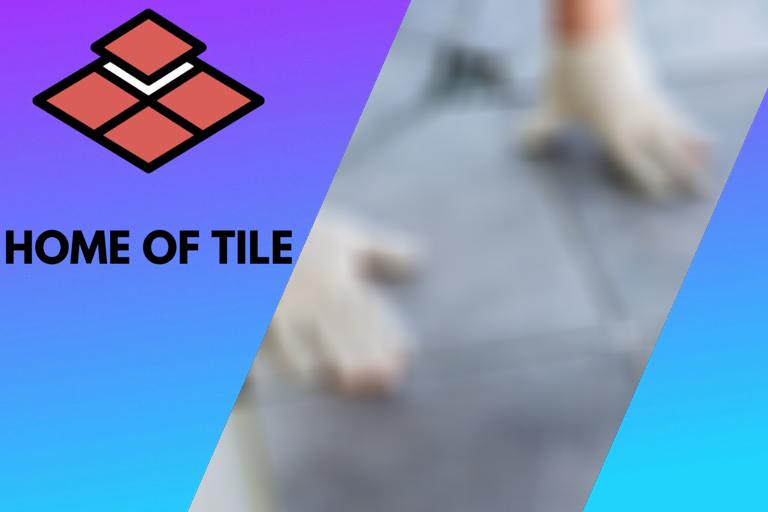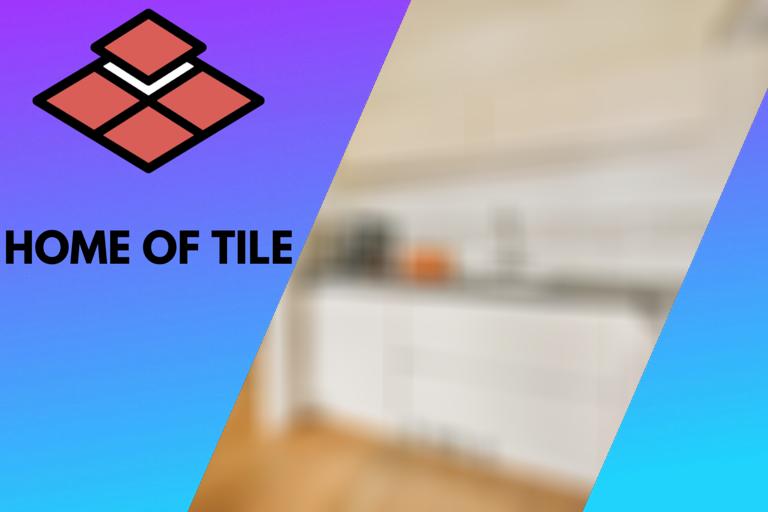Tiling over substrate: 10 things you should know
For less experienced tilers, there can be many challenges. Some of them are due to the substrate. What do you need to do when you want to lay tile on old tiles? Or on top of terracotta tiles? This blog post tries to answer these questions and more.
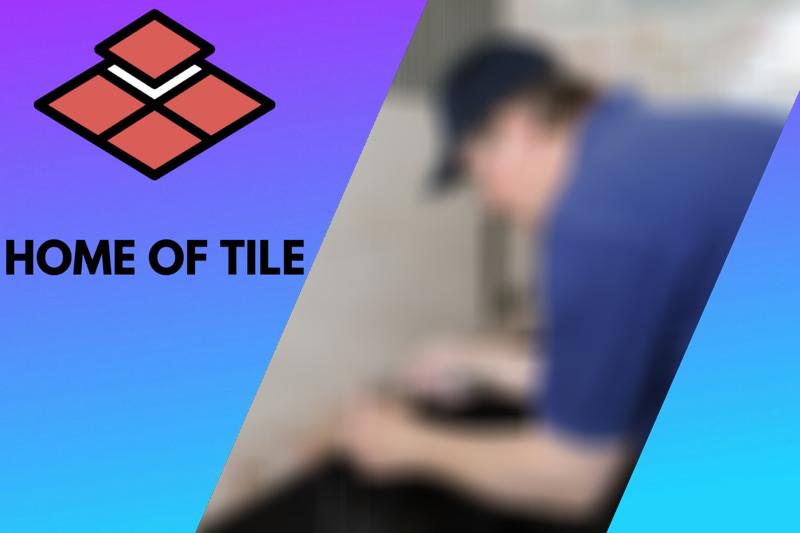
Contents
- 1 Tiling over parquet flooring, some helpful tips:
- 2 Tiling over particleboard flooring, some helpful tips:
- 3 Tiling over particleboard substrate or subfloor, some helpful tips:
- 4 Tiling over pebblecrete, some helpful tips:
- 5 Tiling over quarry tiles, some helpful tips:
- 6 Tiling over a slate floor, some helpful tips:
- 7 Tiling over terracotta tiles, some helpful tips:
- 8 Tiling over vinyl tiles, some helpful tips:
- 9 Tiling on old tiles, some helpful tips:
Tiling over parquet flooring, some helpful tips:
In general, I do not recommend tiling over parquet. Wood expands and contracts way more than the tiles. This often leads to tiles creaking or getting loose at some point. An option is to use an uncoupling membrane or backer board on top of the parquet. Keep in mind that the whole floor will be a lot thicker and heavier.
Before installing tiles on any surface, it is essential to follow the correct steps to ensure proper bonding between the tiles and floor. Fixing tiles directly over a parquet floor is not recommended because a wooden floor undergoes expansion and contraction in the presence of moisture. Some people claim decent results for a parquet floor in good shape and adequately bonded with the substrate.
Use the following steps to lay tile on a parquet floor:
● Step 1: Examine the floor
Before laying tiles on parquet flooring, make sure that the surface structure is strong enough to support the weight of the tiles. Also, be mindful that wood flooring expands and contracts when exposed to moisture, thus affecting the structural integrity of tiles.
● Step 2: Prepare the floor
– Option A: Using an uncoupling membrane or backer board.
When tiling over the parquet floor, I recommend installing an uncoupling membrane or backer board over the wood flooring. This will allow the wood to expand and contract without damaging the tiles. If you use a backer board, fill the joints with some thin-set. Use some alkali-resistant backer board tape to tape the field joints.
– Option B: Directly using a waterproofing membrane thin-set
If your parquet floor is in excellent shape and properly bonded to the subfloor, you could take the chance and lay tile on it directly. Examine the parquet flooring for any loose areas before laying the tiles. Thoroughly check the surface and ensure that the parquet is glued everywhere. If you find an area that appears to be peeling, glue it down using wood flooring glue.
Mark any uneven spots on the surface and fix them before tiling. Fill all low spots on the surface using a compound filler and level any high spots.
It is also recommended to sand the parquet floor so that the adhesive can maintain a strong grip on the surface. Lastly, seal the parquet flooring using a waterproofing membrane thin-set to protect the floor as much as possible against the expansion and contraction caused by water damage.
● Step 3: Install the tiles
Establish a complete layout before fixing the tiles on the surface with adhesive. For this purpose, find the center of the floor by marking two straight lines from the center of two adjacent walls on the floor. The point where both lines intersect each other is the center point or starting point for your tiling project. Lay the first tile at the starting point and do a dry test to avoid any mistakes.
Then, prepare the thin-set by mixing it with water and spreading it over the surface with a trowel. Level the adhesive on the floor using the flat edge of the trowel and start fixing the tiles on the surface. Complete a whole row horizontally and vertically from the starting point, dividing your surface into four equal quadrants. Cut the tiles at the edges if necessary and fix them in the gaps. Put spacers between the tiles to maintain equal grout joints and wait until the adhesive dries completely. Once dry, remove the spacers, and at last, apply grout in the space between the tiles to give your project a finished and aesthetic look.
Tiling over particleboard flooring, some helpful tips:
In general, I do not recommend tiling over particleboard flooring. Wood expands and contracts differently than tiles. This often leads to tiles creaking or getting loose at some point. The best option is to use an uncoupling membrane, backer board on top of the particleboard. Keep in mind that the whole floor will be a lot thicker and heavier.
If you want to install tiles on particleboard flooring, you will need to overcome the issue of moisture and humidity. The reason is that once moisture gets in, it will swell the particleboard, thus affecting the tiles’ structural integrity. Tiles are extremely solid and can’t undergo the same movements as the particleboard. This can result in cracks along the grout joints or even tiles cracking if they are big. As compared to walls, particleboard flooring offers a lot more movement and is more subject to stress. Most experts do not recommend tiling directly over particleboard.
There are several options to lay tile over particleboard. You can use an uncoupling layer like Ditra. Add backer board on top of the particleboard. You can even use a double layer of plywood. In that case, use waterproof or marine plywood for the best protection against moisture. Also, prime the reverse side and edges with a suitable primer, like BAL Bond SBR. This helps protect the plywood from moisture penetration which could cause the plywood to swell.
Tiling over particleboard substrate or subfloor, some helpful tips:
In general, I do not recommend tiling over a particleboard substrate. The particleboard expands and contracts differently than tiles. This often leads to tiles creaking or getting loose at some point. The best option is to use an uncoupling membrane, backer board on top of the particleboard substrate.
Particle board is an easy-to-install underlayment, but installing tiles over the particle board subfloor is not recommended. Moisture can jeopardize the integrity of the tiles with the particleboard. However, particleboard is highly recommended for laying vinyl sheeting. If you truly want to install tiles over particle board, vinyl tiles are a more suitable option than ceramic tiles.
There are several options to lay tile over a particleboard substrate or subfloor. You can use an uncoupling layer like Ditra or add a backer board on top of the particleboard. If you plan to use plywood on top of the particleboard substrate, use a double layer. Preferable from waterproof or marine ply. Prime the reverse side and edges with a suitable primer, like BAL Bond SBR. This ensures the best protection against moisture penetration.
Tiling over pebblecrete, some helpful tips:
In general, for tiling over pebblecrete, first, smooth out the concrete. Pressure wash the exposed aggregate to get rid of any loose stones. I recommend using some self-leveling concrete or a membrane before lay tile on it. Only when the pebblecrete itself is almost level can you apply the thin-set directly.
Pebblecrete is most used to repair concrete pools, and it consists of a pebble and concrete mixture that is applied with the help of a trowel. Tiling over pebblecrete needs proper preparation.
Clear all the dust and debris from the texture. Keep in mind that the mortar used to tile over the pebblecrete must be able to stick to epoxy. I would recommend you use epoxy mortar. Prepare your surface to make it reasonable level. If not, fill patches, and use a sledgehammer to smoothen the pebblecrete.
Do not lay tile on painted pebblecrete. Most adhesives don’t bond properly on paint.
Tiling over quarry tiles, some helpful tips:
In general, tiling over quarry tiles is fine. Ensure that the tiles are in ok condition. Remove any wax as most adhesives will not bond to it. After cleaning, prime the quarry tiles with an acrylic primer. Do not use PVA as a primer. When you lay tile, use a flexible adhesive.
Before starting, ensure that you clean the surface thoroughly. There should be no wax or another substance left on the tiles. Remove any loose materials and use an acrylic primer.
If you lay tile in a wet or moisture location, add a waterproof layer. An option is to use Shluter matting as an underlayment before tiling. If you plan to tile over old tiles, sand the surface to roughen the texture. This will ensure a stronger adhesion with the tiles.
Add the tiles over the quarry tiles using a suitable flexible adhesive. I recommend using epoxy grout for further protection against any water or moisture.
Tiling over a slate floor, some helpful tips:
In general, a slate floor is a good substrate to lay tile on. Clean the slate and ensure that it is free of any wax, oil, or grime. Repair cracked, crumbling, or other damaged areas. Check that the floor can cope with the increased weight of the additional tiles.
In terms of tiling, slate is considered one of the best substrates because it acts as a strong underlayment. Personally, I always prefer to remove the old tiles, but this takes a lot of effort. You can tile over an old slate surface if it does not have excessive bumps or cracks. Since slate is moisture-proof, it stands firmly against moisture and humidity in damp and wet areas. Although, having the moisture resistant property, you should seal the surface before tiling as a safety precaution.
To lay tiles over slate floor, start by mixing a small amount of TSP (tri-sodium phosphate) into a bucket of water and clean the slate surface thoroughly. Let the surface dry and draw two straight lines from the center of the walls on the floor with chalk and find the center point. Your surface should be divided into four equal quadrants that you can lay tiles on. Mix the thin-set, spread it at the center, and lay the tiles over the floor in such a way that the edges of tiles are at the intersection point. Move from the center towards the side of the wall in a row. Complete each quadrant one by one.
Tiling over terracotta tiles, some helpful tips:
In general, for tiling over terracotta tiles, first, check the state of the old tiles. If your old tiles are worn out and cracked, you will have to remove those parts and repair them. Before tiling, wipe the old terracotta surface free from any mold and mildew. Level the surface if needed. Check that the surface can cope with the additional weight of tiles.
Now, spread the adhesive onto the back of the tiles and the surface for better adhesion. Level the mortar using a trowel and lay tiles over the floor by pressing them. While laying tiles, ensure that the tile joints are in line with each other to give a finished look to your project. Wait until the adhesive dries and later grout the joints.
Tiling over vinyl tiles, some helpful tips:
In general, first, check that the existing vinyl tiles are adequately glued to the substrate. Glue the ones that are loose or curling up. Clean the vinyl surface thoroughly to remove any dust particles, wax, and oil residues. Roughen the surface with sandpaper to remove the shine so that the mortar can adhere firmly to the vinyl tiles. Fill out the cracked and torn areas and seal the joints to protect against moisture.
For laying tile on a vinyl floor, always check the following:
- Ensure that the floor can bear the weight of the new tiles.
- Check If the existing floor is in good condition and is not flexible. If it lacks stiffness, the tiles can crack. Add a cement backer board or plywood to strengthen it.
Tiling on old tiles, some helpful tips:
In general, for tiling on old tiles, clean the surface. Repair any uneven areas and replace cracked tiles. Roughen the tiles using sandpaper. This will improve the adhesive bonding. Seal the grout joints with a thin coat of mortar to provide a strong foundation for the new tiles.
Remarks:
- It is important to understand that tiling on old tiles means that issues with the old tiles will be passed on to the new tiles. When the old tiles became loose, this will probably be an issue with the new tiles as well. Often these issues arise due to floor movements that will not be resolved by adding a new layer of tiles.
- Check that the floor can cope with the additional weight.
- The new tiles will make the floor a lot higher.

